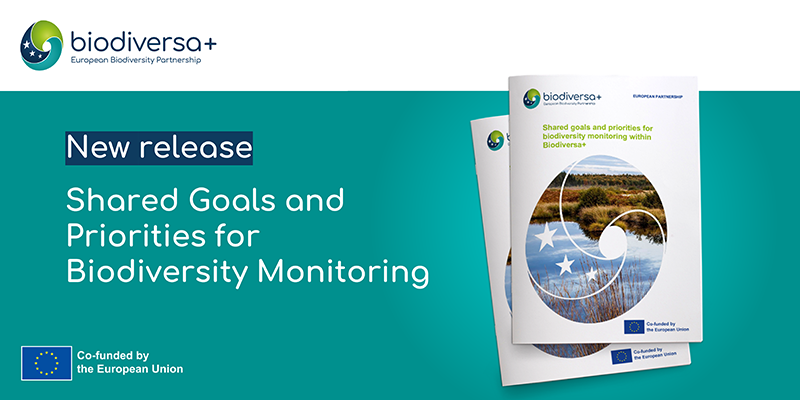What should be the priority for action when it comes to biodiversity monitoring?
This crucial question has undergone comprehensive consideration once again. Over a year-long evaluation process, Biodiversa+ partners, with input from the Advisory Board, have revised the list of topics considered biodiversity monitoring priorities.
There are now 12 priorities, and a 13th special topic:
- Protected Areas: Biodiversity monitoring within protected areas in terrestrial, freshwater and marine realms, including Natura 2000 sites
- Habitats: Ecosystem perspective on habitats in terrestrial, freshwater and marine realms, with a particular focus on remote sensing
- Marine Biodiversity: Monitoring coastal and offshore marine biodiversity, from plankton to marine megafauna and seabirds
- Invasive Alien Species: Detection and monitoring of Invasive Alien Species in terrestrial, freshwater and marine realms, including Non-Indigenous Species in marine realm
- Soil Biodiversity: Monitoring micro-, meso- and macrofauna of topsoil and litter, from bacteria to earthworms
- Insects: Monitoring insect biodiversity, with a particular focus on butterflies and other pollinators
- Wildlife Diseases: Biodiversity facets linked to health issues, from animal and human perspectives
- Urban Biodiversity: Monitoring biodiversity in urban, peri-urban and urban-fluvial environments
- Bats: Monitoring the status and trends of bats across Europe
- Genomic & Genetic Monitoring: Applications of genetic approaches to biodiversity monitoring across levels of biodiversity: harmonisation and gaps
- Wetlands: Integrative biodiversity monitoring of European wetlands, including mires and peatlands
- Common Species: Standardised multi-taxa approaches for monitoring common biodiversity across Europe
- Transversal Activities: Non-specific biodiversity monitoring aspects: governance, information, metrics
These priorities set the stage for Biodiversa+’s biodiversity monitoring efforts for the next two years (2023–2025). They aim to enhance decision-making, address data gaps for critical taxa and ecosystems, and provide actionable roadmaps with a transnational perspective.
For more information, check our page on Priorities.



